
What are pain and inflammation, and why is it important that we learn about this?
Statistics show that inflammation is rampant in our society. How many people do you know that are dealing with some sort of a disease or condition that ends in “itis”?
It could be arthritis, osteoarthritis or gastritis. Name any part of the body and put an “itis” at the end and that’s an inflammatory disease.
Pain is really your body’s warning system.
It is similar to the beeping of a fire alarm when it detects smoke. Your brain perceives irritation to the nerve endings, which are like little antennas that peek in on various parts of your body and check to see if everything is okay. If there’s a problem, they beep that message back to the brain and the brain perceives it as pain.
Unfortunately, the way that we tend to deal with pain in the Western medicine world is to suppress it. If you have pain, you get a painkilling or anti-inflammatory medication. What that does is it disconnects your brain from the source of trouble.
For example, if you fall and hurt your ankle and you have pain in your ankle, if you do not suppress the pain, the signal that you’re going to be getting from your brain is, “Be careful of that part. Don’t put too much weight on that part. Don’t bang that part into something.”
If you take a pain medication to stop the pain, you feel much better. That’s great, but you run the risk of further injuring yourself because you’re disconnected from the source of trouble. You don’t realize that there’s trouble anymore because you’re no longer getting the pain signal.
Should you take pain medications?

It’s not clear that there’s any real benefit to taking pain medication, except in situations where the pain is so intense that you just can’t function.
What I recommend to people who are in that situation and taking painkillers is to act as if the pain is still there, especially in the case of acute pain right after an injury. You still have to treat that part of your body carefully even though you no longer feel the pain.
Here’s another example.
If you have pain in your abdomen and you take a pain medication, that pain goes away. If you then you go out to a Mexican restaurant and eat tacos and cheese and other heavy foods, that’s going to go into the area that’s already irritated and make it more irritated, which will cause further malfunction and dysfunction in that area.
So, what is inflammation?

Inflammation is actually your body’s protective mechanism when you have an injury.
If you bang your elbow and there’s damage to the underlying tissue, your body is going to try to heal that area. It sends white blood cells (lymphocytes) into the area. These cells are part of your immune system. The blood is sent to the area to heal it.
When the lymphocytes rush to the area, you get swelling. In an area like the elbow, there isn’t a lot of loose space, just bone and skin. If that swells, it’s going to cause pain because the swelling is irritating those pain receptors we just talked about. They’re giving that signal back to the brain, so you get the perception of, “Hey, something’s wrong over here!”
How should inflammation be treated?
Western medicine makes the mistake of attempting to get rid of inflammation as if it’s the bad guy. In some cases it is, and should be managed so as to bring about the most favorable healing conditions.
The key word is “manage.” We don’t want to get rid of inflammation. If you were to permanently get rid of inflammation and never allow it to happen again, you would soon be dead. That’s not an overstatement. Inflammation protects you.
There are a lot of reasons why inflammation lingers long after the need for protection and healing is gone. There are also situations that cause the inflammation to linger because the area of injury is not healing.
When inflammation continues to fire long after the need is gone, or when an injured area doesn’t heal properly, it’s often a matter of nutritional imbalances and biochemical imbalances in the inflammatory pathways. When you’re missing the necessary vitamins, minerals, fatty acids and amino acids for healing, inflammation fires on.
What are the solutions for managing pain and inflammation? 
https://drritamarie.com/wp-clone/go/VLRadioPainInflammation
For a list of anti-inflammatory foods and recipes, go here for a FREE e-book:
http://www.eatyourwayoutofpain.com
Love, Health, and Joy,
Dr. Ritamarie
Share this:
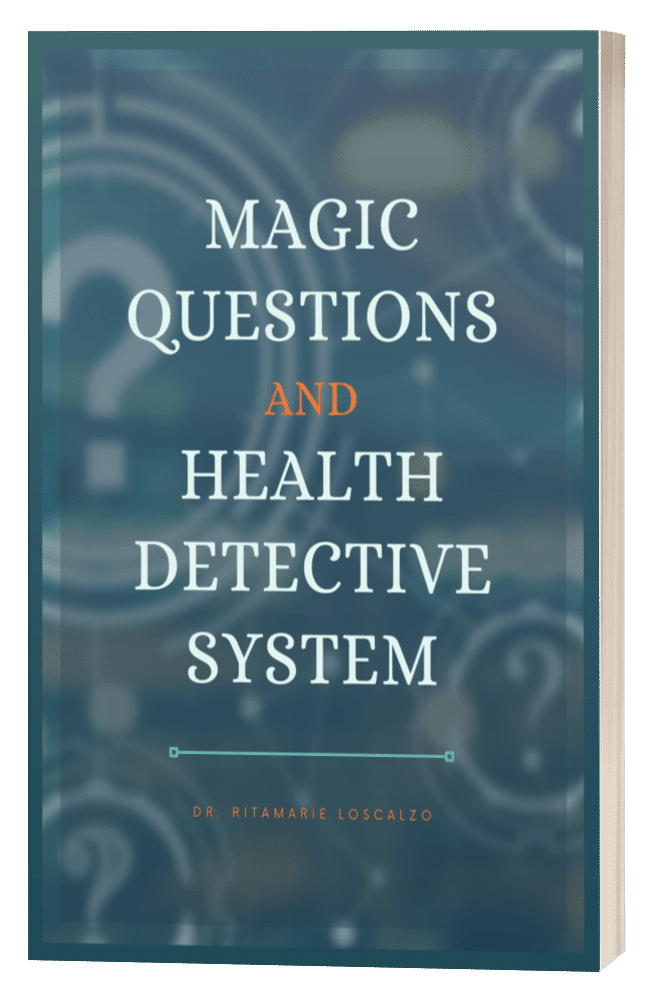
Are you feeling stuck?
Do you feel as if something is missing from your practice that's keeping you from delivering breakthrough outcomes for your clients?.
Recent Posts
Our Programs
Nutritional Endocrinology Practitioner Training (NEPT)
The Mastery and Certification tier is our flagship program and provides everything you need to feel confident as a practitioner who knows how to get results that lead to healthy and happy clients.
Functional Assessment Mastery
Explore the relationships between the most important hormones and their relationship with nutrition.
Functional Nutrition Mastery
Learn how to support your clients to eat and supplement in a way that reduces and eliminates chronic symptoms.
Medical Disclaimer: The information on this website is not intended to replace a one-on-one relationship with a qualified health care professional and is not intended as medical advice. It is intended as a sharing of knowledge and information from the research and experience of Dr. Ritamarie Loscalzo, drritamarie.com, and the experts who have contributed. We encourage you to make your own health care decisions based upon your research and in partnership with a qualified health care professional.
Disclosure: Sometimes (but not always), when I share resources in my programs, newsletter, and on my website, I'm using an affiliate link, which means I do make money if you buy. My credibility is extremely important to me; therefore, I only endorse the products, services, and people I believe in. DrRitamarie.com is independently owned and the opinions expressed here are my own.
Click here to see our Privacy Policy.
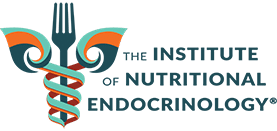



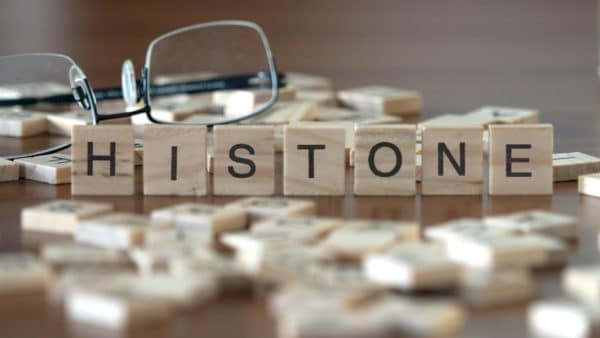

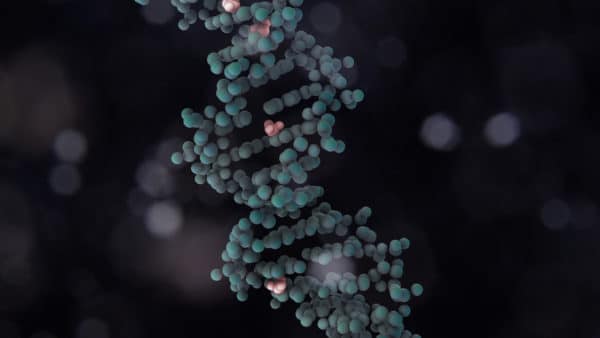
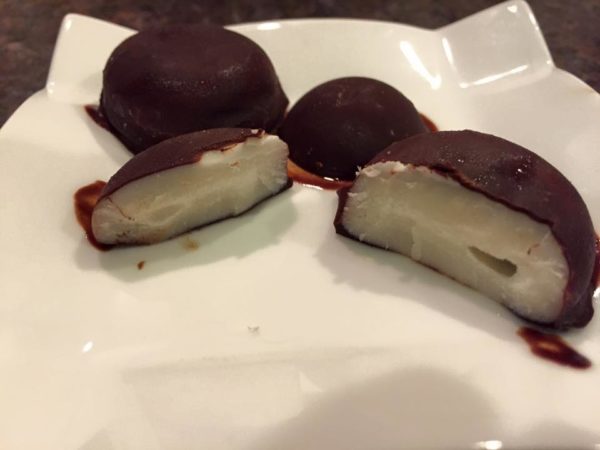



[…] therapies. There is a growing body of scientific literature explaining the mechanisms of pain and how we experience it. But despite more research and knowledge, there are still people with a […]
[…] therapies. There is a growing body of scientific literature explaining the mechanisms of pain and how we experience it. But despite more research and knowledge, there are still people with a […]